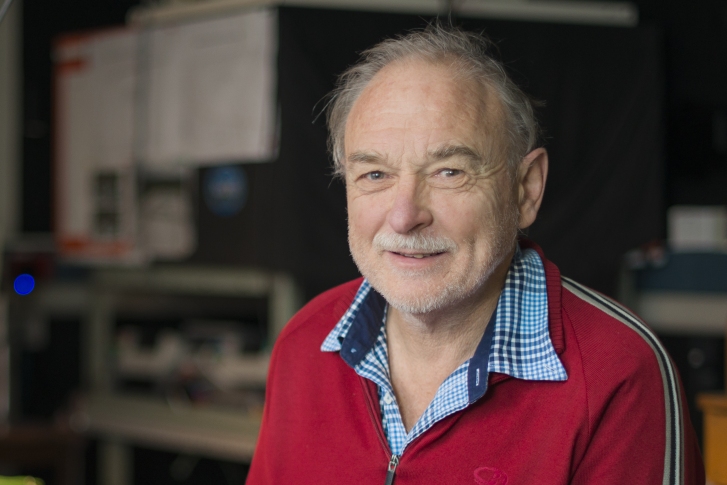On the eve of the 30th anniversary since the Montreal Protocol came into force, new research by NIWA scientists reinforces its reputation as the world’s most successful environmental treaty.
For the first time, research has shown that the protocol has been immensely successful in controlling the amount of ultra violet (UV) radiation reaching the Earth’s surface.
Writing in the latest edition of Nature journal Scientific Reports, the scientists say without the Montreal Protocol, the UV Index – the standard measurement for UV radiation which causes most skin cancers due to prolonged exposure - would have increased by about 20 per cent.
NIWA emeritus atmospheric radiation scientist Dr Richard McKenzie says that would mean sun damage would have occurred far more quickly than the 12-15 minutes it takes now.
The Montreal Protocol on Substances that Deplete the Ozone Layer
The Montreal Protocol was signed by 196 states and the European Union in 1987, coming into force in September 1989. Its purpose was to protect the ozone layer by phasing out production of a range of gases responsible for ozone depletion. Ozone depletion causes a corresponding rise in UV and an increased potential to develop skin cancers. Dr McKenzie and his fellow authors remind us that the threat of increased UV is why the protocol was initially devised.
“The protocol was designed to protect the ozone layer, because if you have low ozone you have high UV and that has serious health implications.”
Previous published research about the Montreal Protocol show it has been successful in controlling the amount of ozone-harming chemicals, and the amount of ozone. But this is the first time scientists have looked at long term changes in UV radiation. “And that’s what matters in terms of human health,” Dr McKenzie says.
NIWA's leading role
NIWA has had a leading role in UV measurements, and in the 1990s was involved in setting up a network of sites around the world with the highest quality UV measuring instruments and introducing rigorous measuring procedures. New Zealand’s site is at NIWA’s atmospheric research station at Lauder, Central Otago. The study also includes results from other instruments in the network established by NIWA, at Melbourne and Alice Springs in Australia, Mauna Loa Hawaii and Boulder Colorado.
Data from many of these sites, and others, have been collated by the NIWA team and Dr McKenzie says they give a clear picture of the success of the Montreal Protocol in controlling the amounts of UV.
“The measurements at mid-latitude sites, like New Zealand, clearly show we are following the trajectory of full compliance with the protocol and some sites are even showing the beginnings of recovery.”
However, Dr McKenzie said while this is good news, the problem was not solved.
“The reason New Zealand has one of the highest skin cancer rates in the world is not because of ozone depletion, it’s because of lifestyle choices and skin types. The levels of UV we’re going to get in the next few years are very similar to what we’ve had in the past few years. It will gradually go down in the years ahead but not by much.”
Future UV levels also remain uncertain due to the possibilities of volcanic eruptions, the effects of increasing greenhouse gases and fugitive emissions breaching the protocol that could slow down the rate of recovery.
Dr McKenzie also cautioned that there were few high-quality measurements going back far enough to “really know the long-term picture”.
However, it was clear that without the Montreal Protocol the UV Index would already have increased dramatically, which would have led to a huge jump in skin cancer rates.
“This paper is hugely satisfying for me – it’s the culmination of decades of work which has shown what a huge success the Montreal Protocol has been. It has worked and that shows we can fix these problems. It can be held up as a shining beacon of hope that one day we can do same thing with the gases concerned with climate change.”
More information
Read the paper here: www.nature.com/articles/s41598-019-48625-z



